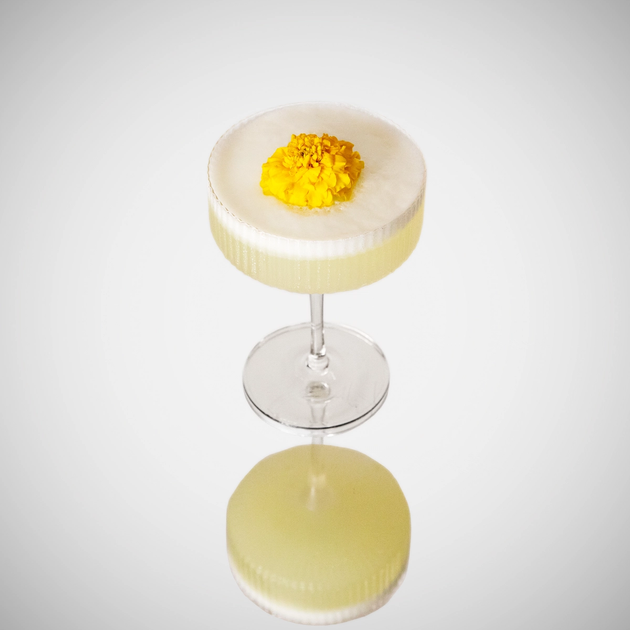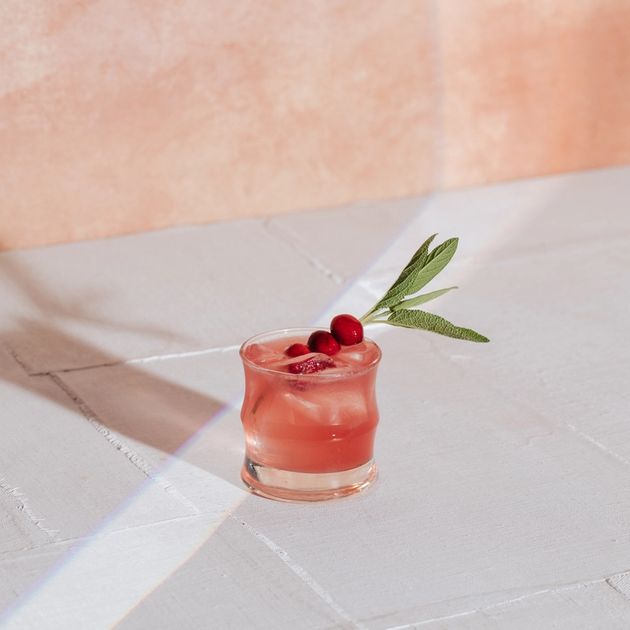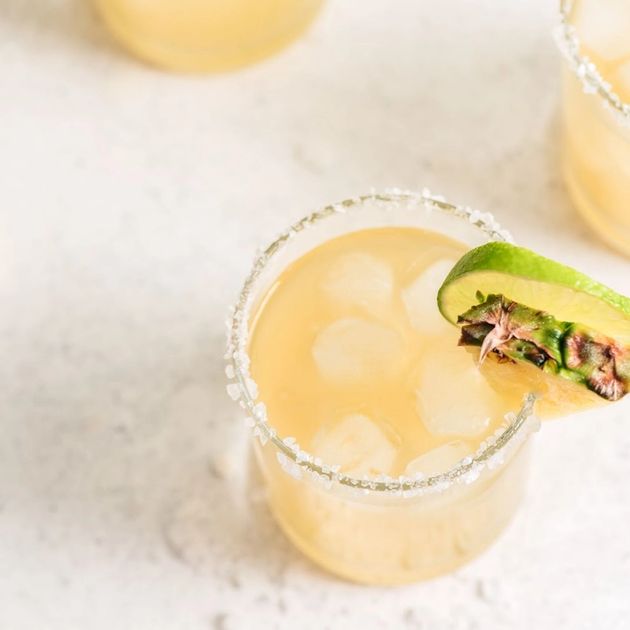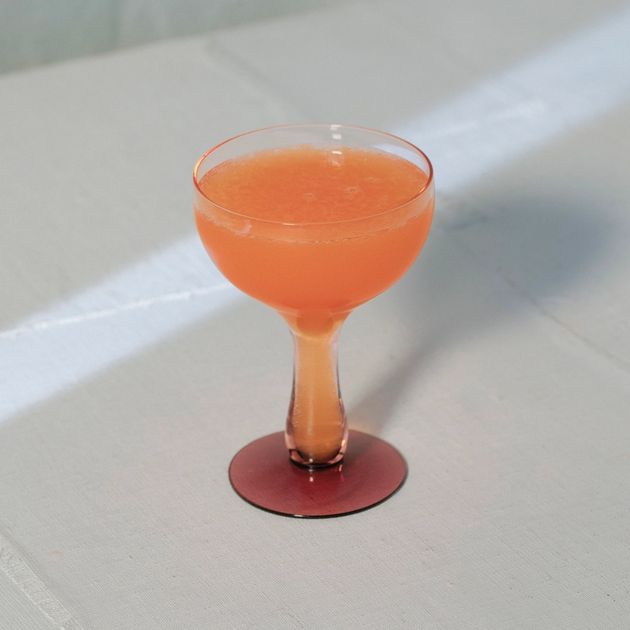That’s right: Mezcal doesn’t just go in a glass—it’s great on a plate, too. Want to know how to make this smokey twist on your classic fajitas favorite? Grab your cutting board and read on.
Meet Mezcal
Mezcal is an agave-based liquor that’s smokey, unique, and delicious.
Our Mezcal process is extensive and full of love. We start with baby espadín agaves and raise them for up to 8 years on our family-owned farm. When they’re all grown up, we hand-pick them, remove the heart of the agave, roast it over a fire using pinewood logs, mill, ferment, and double distill it. We do it all ourselves, from start to finish.
The Magic Number
Our Mezcal Rosaluna only has three ingredients—agave, water, and lots of love. It is gluten-free, non-GMO, vegan, zero carb, plant-based, and carbon neutral. Since we care about what goes into the environment (and our bodies), we make sure everything is done with care and quality. Our entire operation is vertically integrated, which means we grow our agave from start to finish, maintaining it every step of the way.
Kicking It Old School
There are three different categories that the Norma Oficial Mexicana (NOM) uses to distinguish the different production methods of creating Mezcal.
- Mezcal: This category uses production methods that are more mainstream to create its products, such as stainless-steel columns or autoclaves.
- Artesenal: This is a more traditional method that we use. With Artesenal, the agave is distilled and can optionally use fiber the first time it is distilled. The agave can be cooked using a pit-over or above-ground using wood or fossil fuel.
- Ancestral: In this category, the agave has to be mallet-crushed or pit-cooked. The distilling process takes place in clay pots with fiber included.
Our Mezcal is Artesenal, and we’re proud of it. This translates in English to “handcrafted.” While many of our competitors use large factories or industrial methods of churning out products, we believe in using traditional methods—in fact, we even enlist our family farm horses to pull our tahonas. When you drink it, you’ll instantly know why we use the phrase ‘made with lots of love!’
A Fan Favorite
Did you know that there are over two hundred types of agave? Each type has its own unique flavor and location. For example, Agave durangensis is exclusively in central Mexico and takes up to thirteen years to mature.
Our Mezcal Rosaluna uses espadín agave, which is a sweet agave that is used in 90% of Mezcals. When paired with our techniques, it truly creates a palatable and unique blend of flavors. Espadín is the most common because it is hardier and a great plant to grow.
Cooking with Fire
Mezcal’s birthplace is Oaxaca (that’s where our farm is BTW). Historically, indigenous tribes in Mexico were making something called ‘pulque.’ This came from the leaves or sap of agaves and was used as a cheap way to get drunk, in a time when alcohol was pretty restricted (sad).
The tribes began experimenting more and found they could make a more potent drink, Mezcal. Once it was discovered that it could add more depth to foods, especially citrus, the possibilities became endless. It quickly became a great way to add a little extra oomph to meals, and as you’ll see, Mezcal’s smokey flavor pairs perfectly with components of fajita seasoning, like chili powder.
Before we get more into Mezcal’s important tasting notes (and the long awaited fajitas recipe), head here to discover more about the beautiful history and culture of Oaxaca.
Down to Earth
While we know Mezcal is delicious (if you don’t, what are you doing?! Try it ASAP), it’s important to understand what makes the flavor so unique. Mezcal Rosaluna is made more traditionally, so you will definitely get hints of the smokiness that comes from our methods. We cook our agaves in a pit fire with pinewood logs to add a bit of bite, but trust us—we keep it subtle and smooth.
We ensure that our Mezcal Rosaluna is made ethically, and we believe in the importance of sustainability. We don’t destroy our land, but rather allow it to regrow naturally. We’re also 100% plant-based, which we know is important to both our planet and our vegan friends! BTW, if you’ve gotten this far and you’re vegan—no fear! You can easily make these fajitas vegetarian—just swap out the skirt steak or chicken thighs for vegetables or tofu, and you’ll be good to go.
We Want the Funk
Mezcal can be used in a variety of fun ways to mix up flavors. In this recipe, the fish sauce will spice it up a bit. It adds some salt to the sweet. Mezcal goes great with citrus flavors, so add some lime, lemon, or orange to your fajitas to pull out its versatile flavors. This is best done marinated to let all that goodness soak in, so make sure you prep your protein first.
Orange You Glad?
As we’ve mentioned, Mezcal is known to pair well with citrus, making it an excellent addition to dishes such as ceviche, vinaigrettes, tacos, and more. This fajita recipe includes orange and lime juice, maximizing the flavor profile of this dish.
Without Further Ado…
Ok, so we know your mouth is watering at this point. So, finally.. without further ado, here’s Mezcal marinated fajita recipe you’ve been waiting for. These steak fajitas use all of the classic flavors of onion, bell pepper, garlic cloves, and cumin, with a little something extra from the Mezcal marinade and Mexican oregano.
You’ll definitely want to make it more than once, so bookmark it or write it down for easy reference. And even though this recipe uses steak strips, know you can easily swap them out for chicken breasts, shrimp or tofu. So get your large cast-iron pan ready and turn the stovetop onto medium-high because you’re about to serve up a delicious dinner.
Serve these fajitas with tortillas, sour cream, guacamole, and your salsa of choice, and everyone at your table will be sure to be happy when the platter comes out.
Sources:
The 12 types of agave and what each brings to the mezcal | Spirits Hunters
Mezcal Basics | Experience Agave
Mezcal-Marinated Fajitas Recipe | Bon Appétit
The History Of Mezcal And Its Tradition Of Life | The Knead Feed







